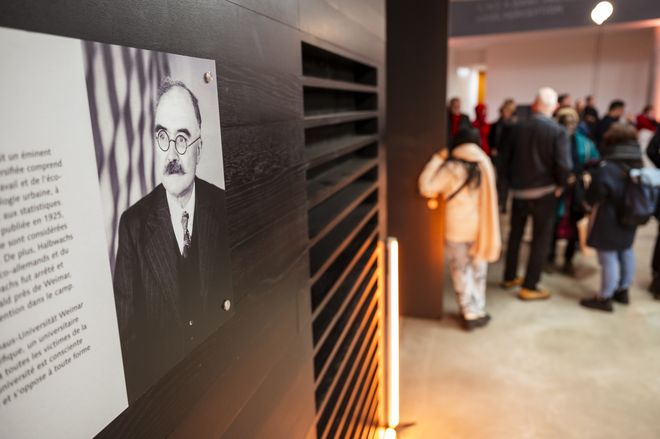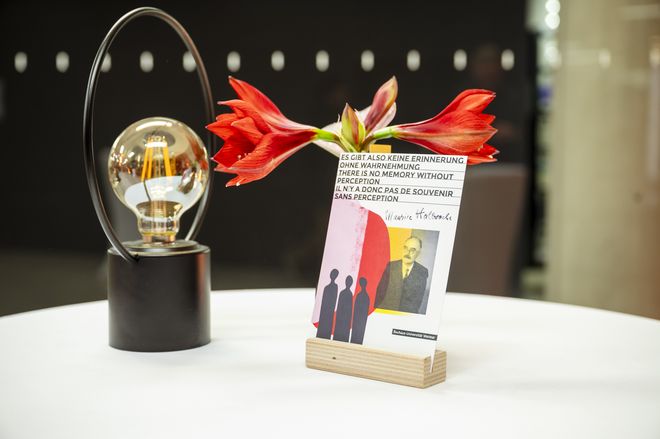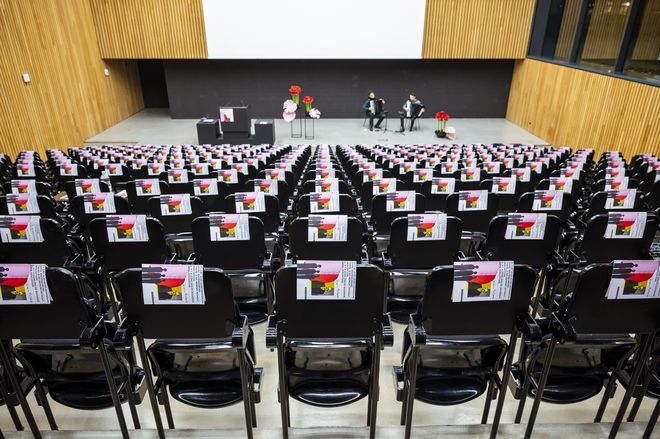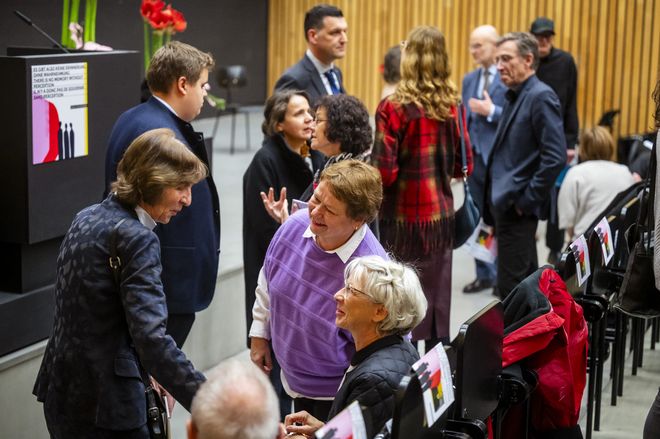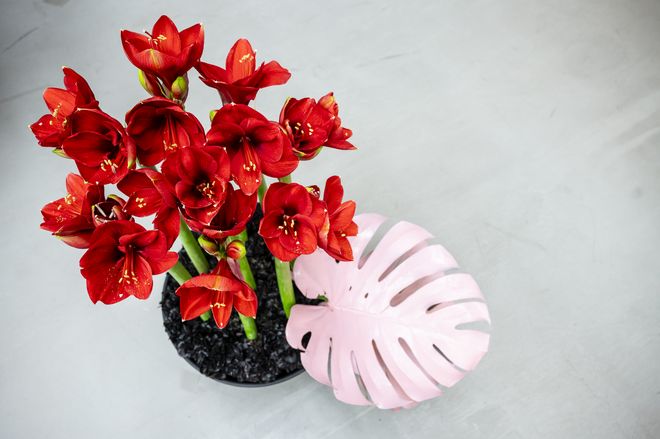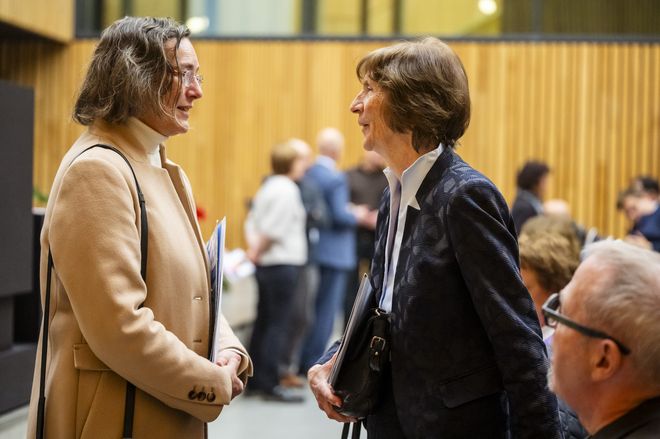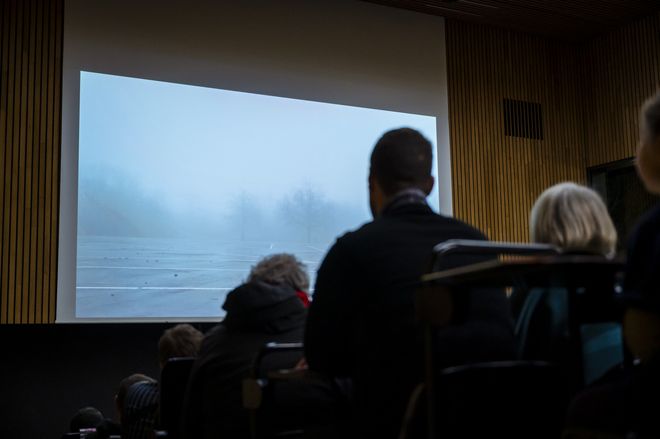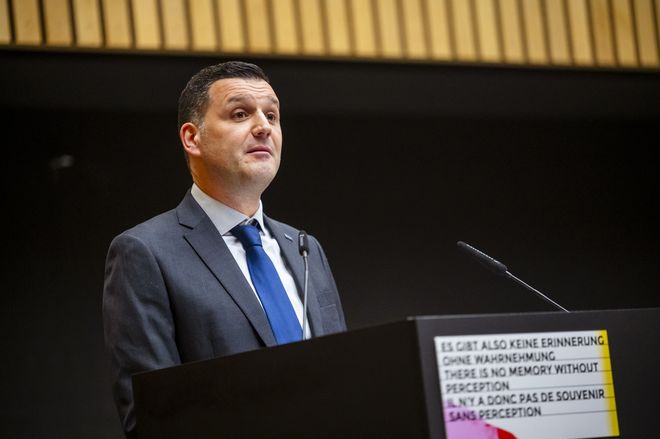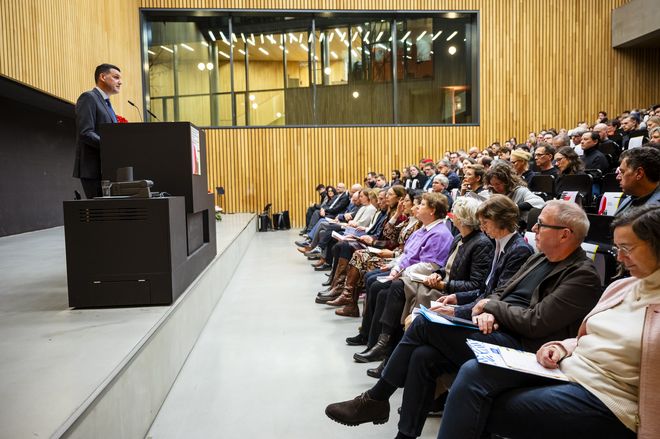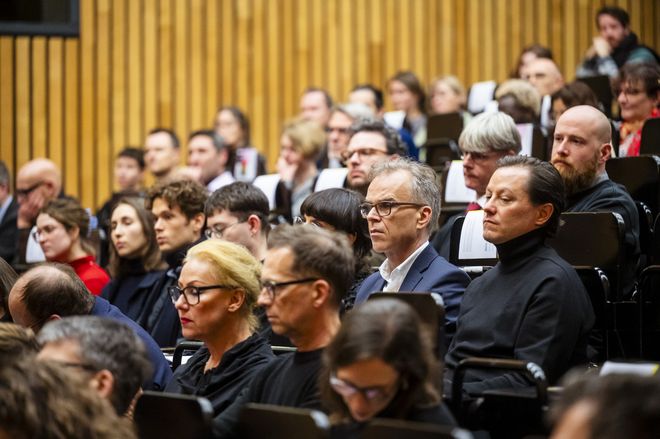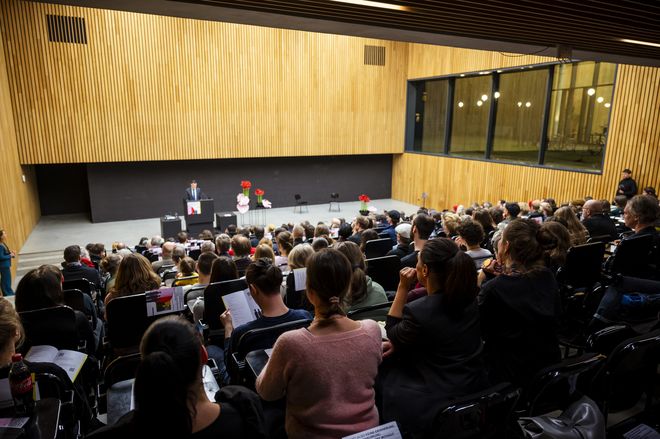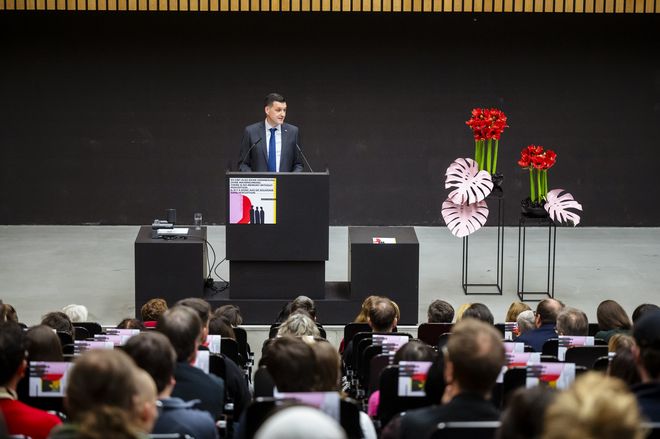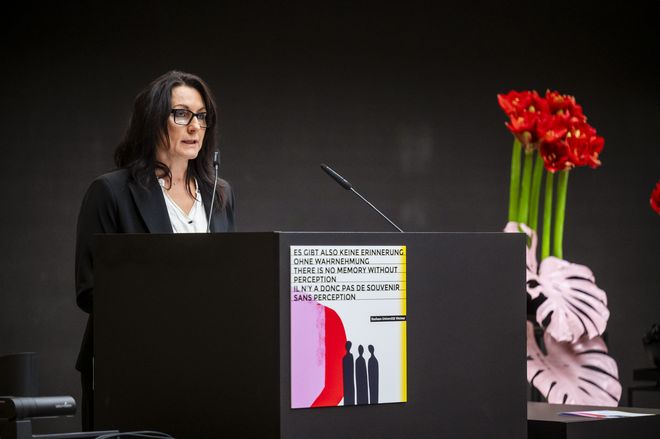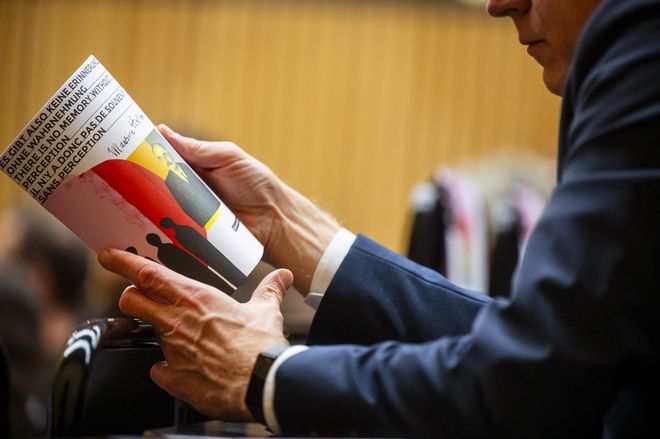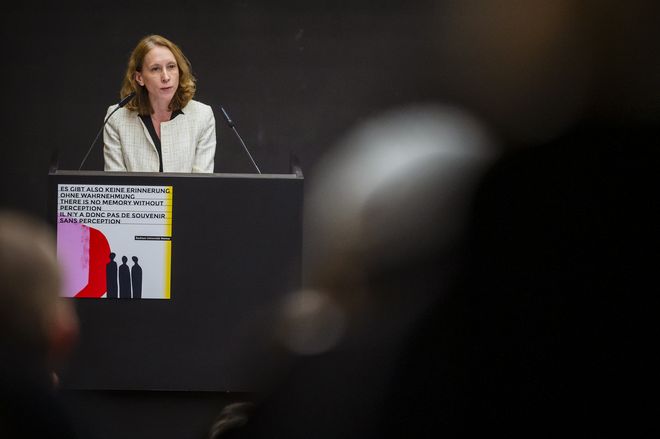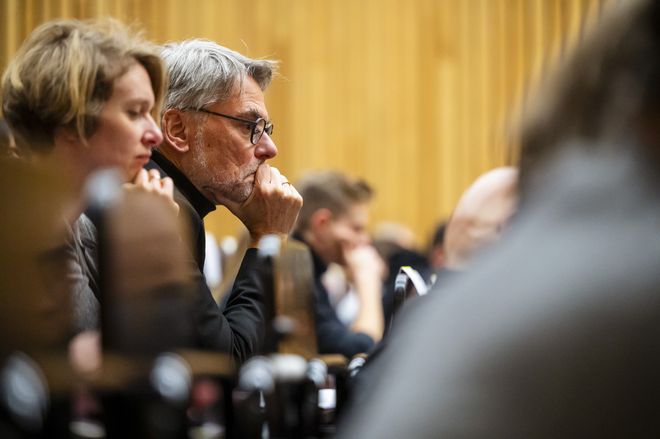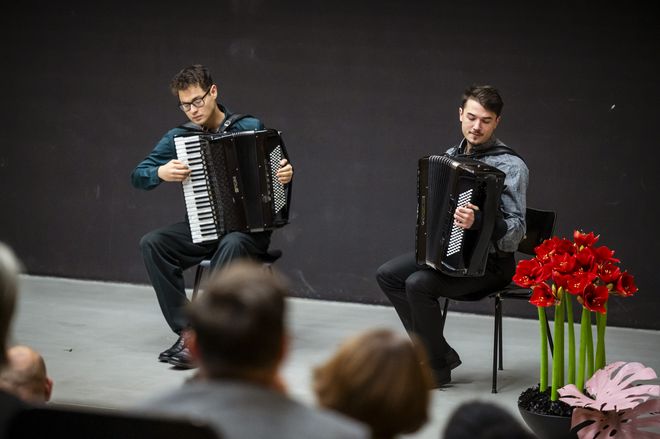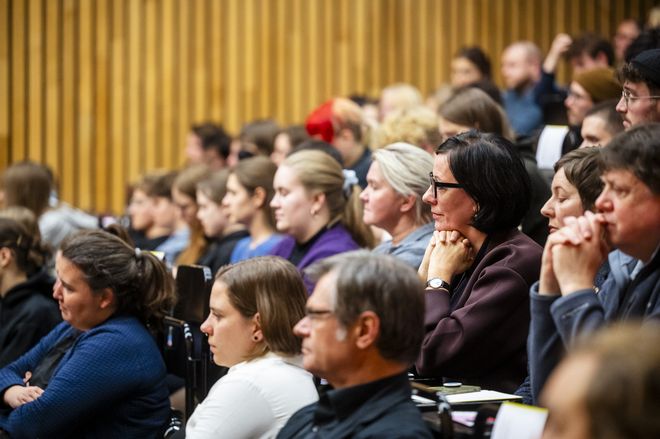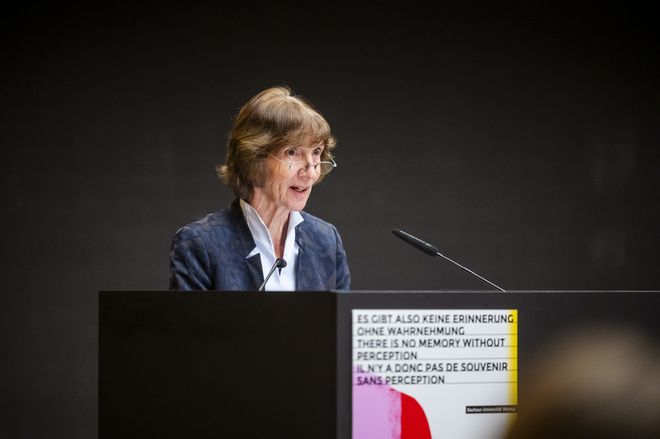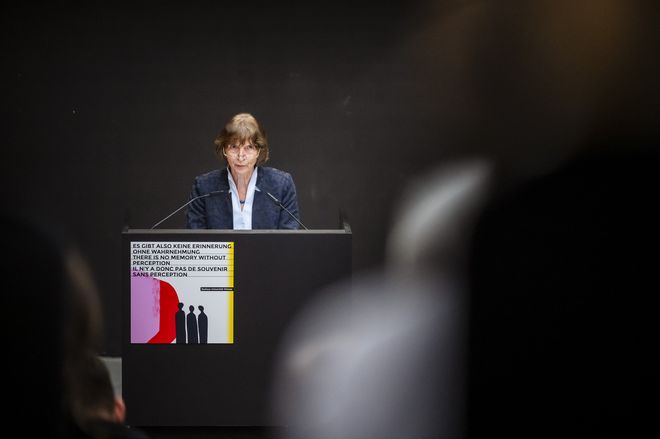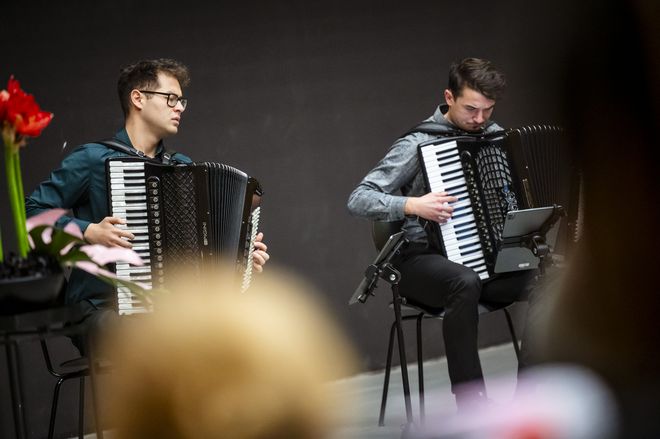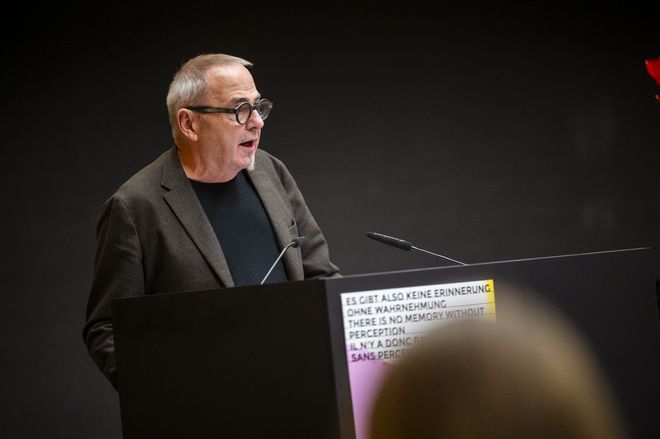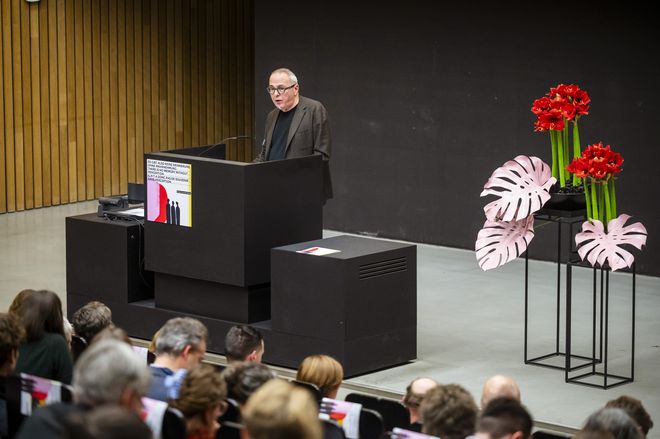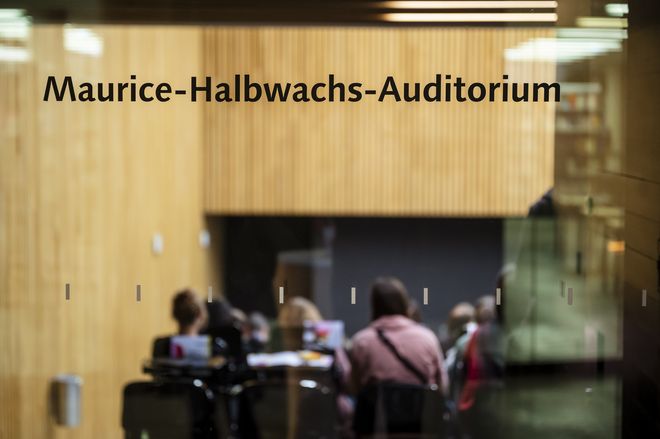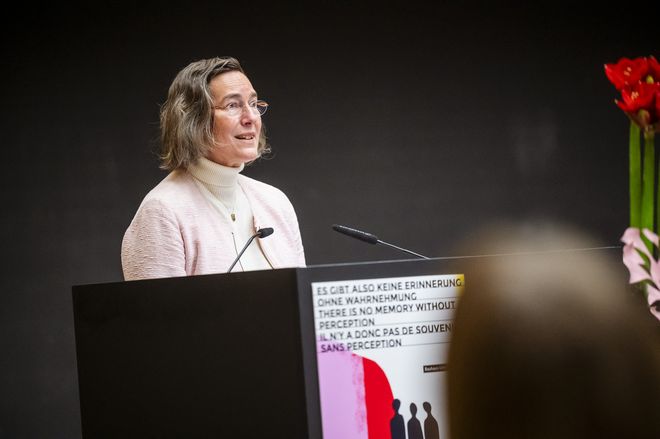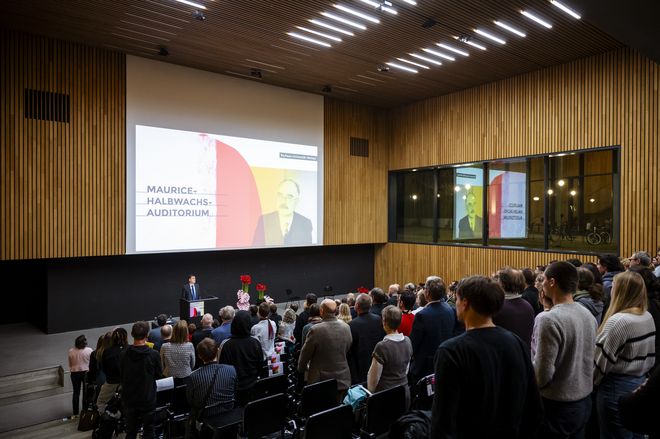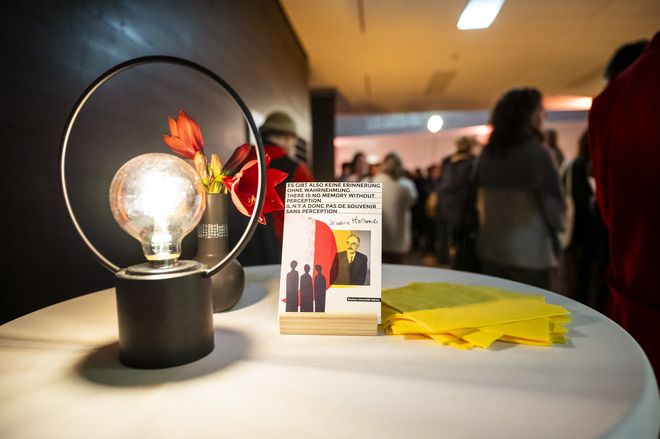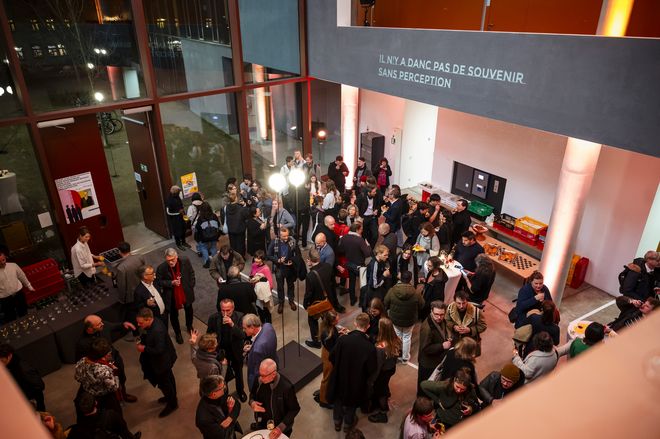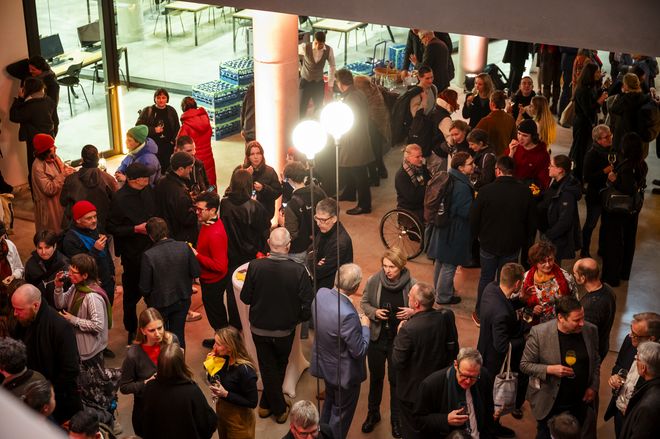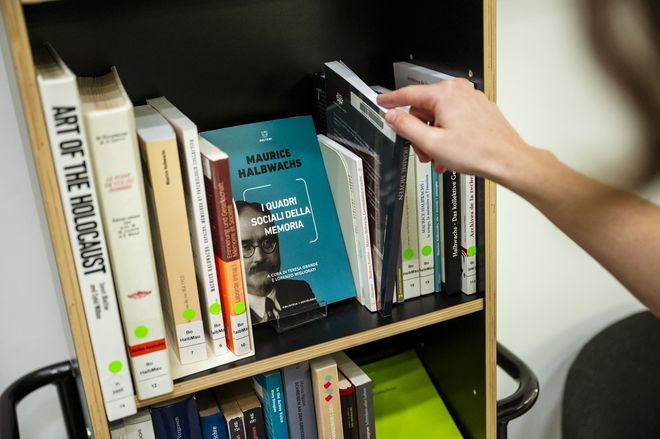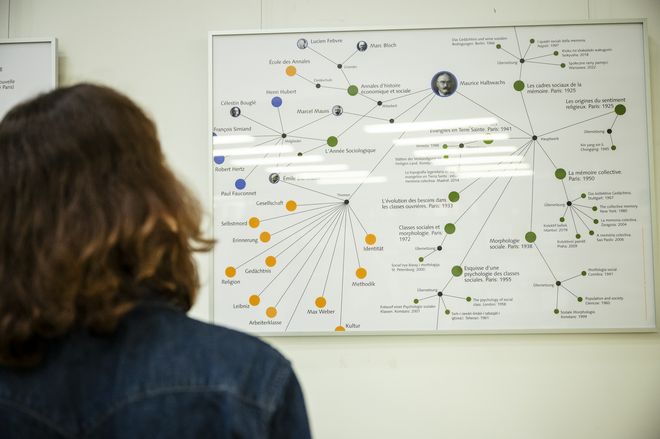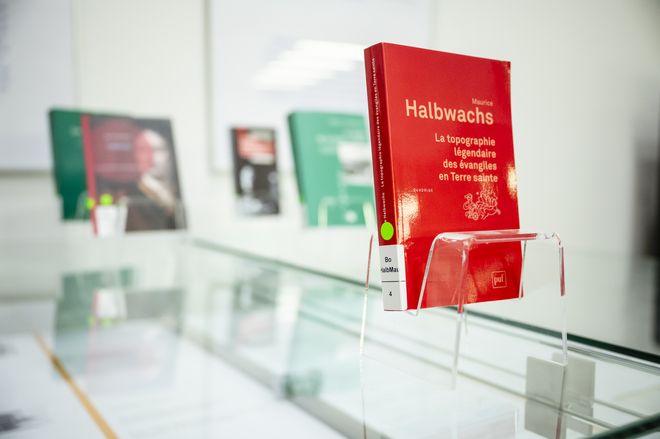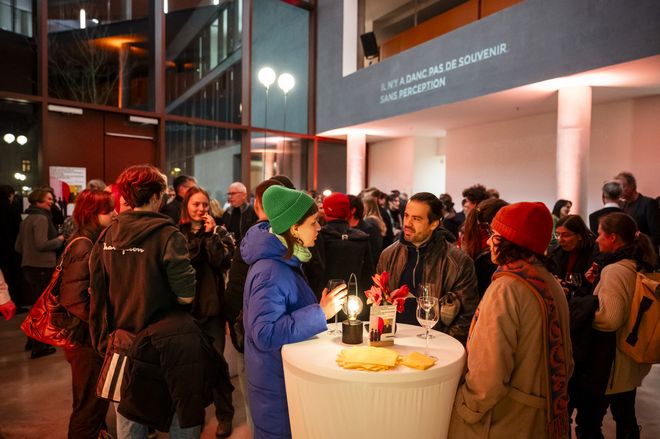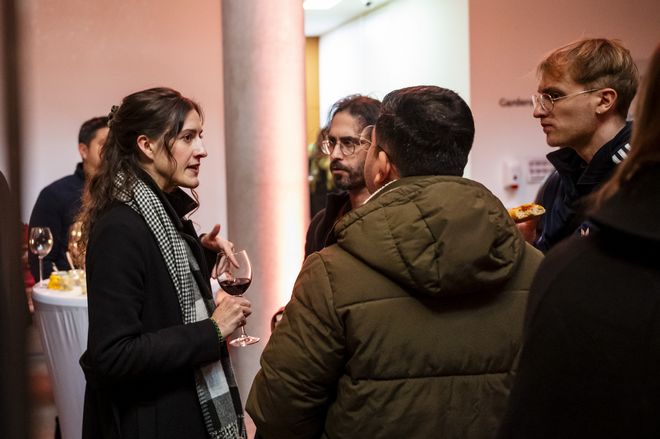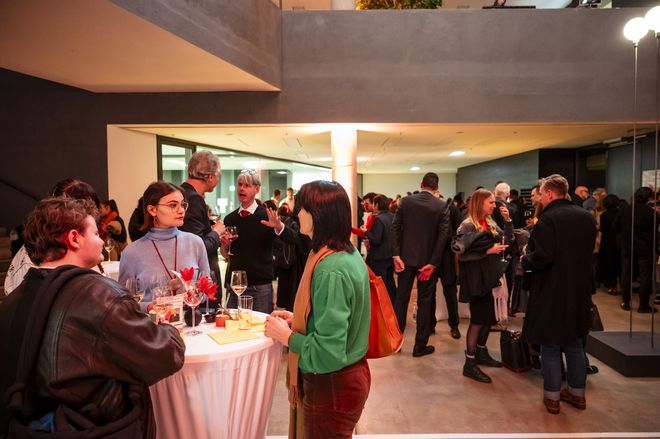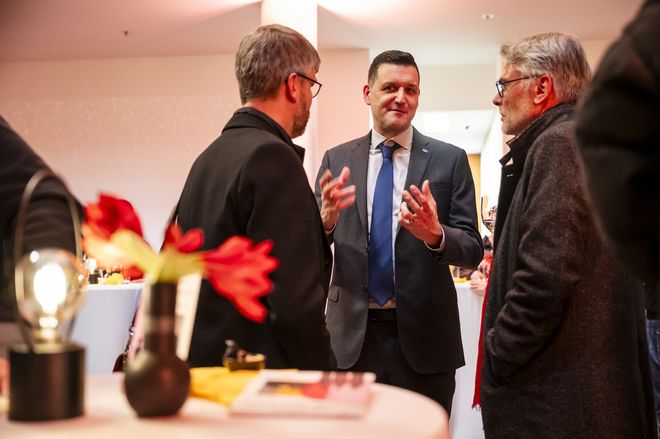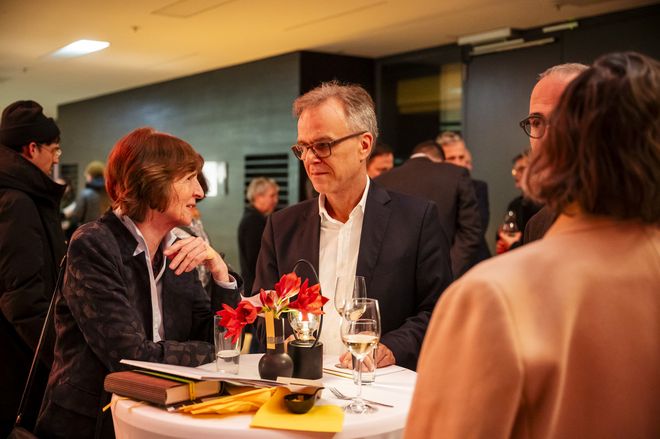Who Was Maurice Halbwachs and Why Is the Bauhaus-Universität Weimar Honouring Him?
Maurice Halbwachs was an influential French sociologist and philosopher. His wide-ranging work includes fundamental contributions to the sociology of labour and economics, the sociology of social classes, urban sociology, the sociology of suicide, social morphology and statistics. His study on »The Social Frameworks of Memory«, published in 1925, and his subsequent theory of collective memory are regarded as influential far beyond his time. Halbwachs was also a pioneer of Franco-German academic exchange and inter-confessional dialogue. In the summer of 1944, Halbwachs was arrested and deported to the Buchenwald concentration camp near Weimar, where he died in March 1945 as a result of the harsh conditions of his imprisonment.
By renaming the auditorium after him, the Bauhaus-Universität Weimar is honouring an eminent scientist, academic, and European philanthropist at a central location, they are also memorialising the victims of German National Socialism. The university recognises its responsibility to recognize history and opposes all forms of totalitarian violence
Renaming Ceremony
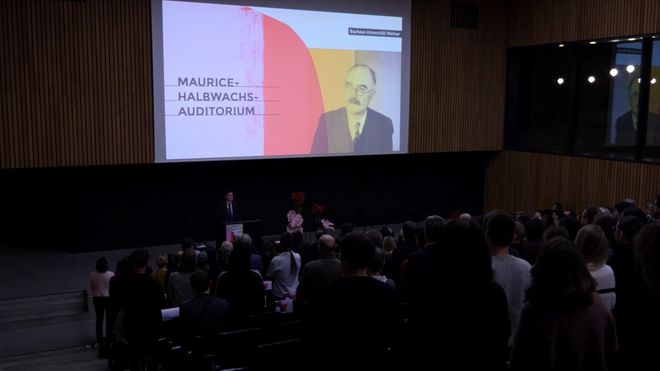
»Maurice-Halbwachs-Auditorium«: Festakt zur Umbenennung
Click the Play button to load and view external content from Vimeo.com.
Automatically load and view external content from Vimeo.com (You can change this setting at any time via our »Data protection policy«.)
On Wednesday, 4 December 2024, the Bauhaus-Universität Weimar ceremoniously renamed the »Auditorium Maximum« to the »Maurice Halbwachs Auditorium«. »To the key speeches
Photos: Bauhaus-Universität Weimar/ Thomas Müller
Video: Bauhaus-Universität Weimar/ Berke Inöntepe (Camera) / Steven Mehlhorn (Camera & Editing)


